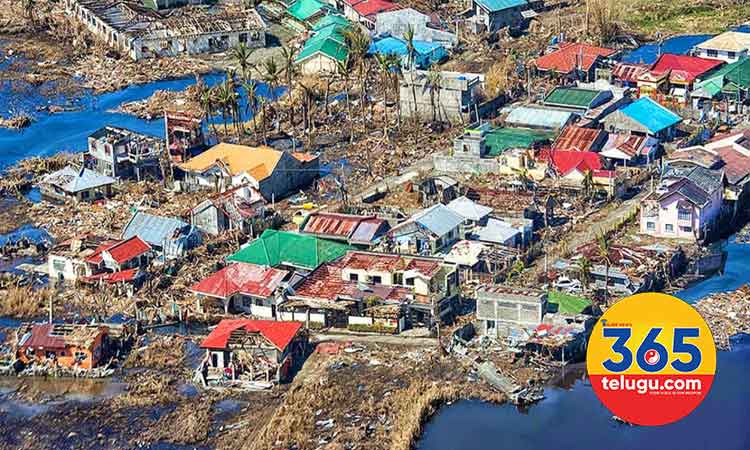365Telugu.com online news,June 12th,2025: Defining the world’s biggest tragedy is a deeply personal and subjective exercise. While suffering and loss are immeasurable, certain historical events stand out due to their catastrophic scale and profound impact on humanity.
The Black Death: A Medieval Apocalypse (Mid-14th Century)
The mid-14th century saw the terrifying sweep of the Black Death across Europe, Asia, and North Africa. This devastating pandemic, caused by the bacterium Yersinia pestis, is estimated to have claimed between 75 and 200 million lives, wiping out an astonishing 30-50% of Europe’s population.
The sheer speed and virulence of the disease led to widespread panic, societal collapse, and a radical reshaping of economic and social structures. Villages were decimated, agricultural lands lay barren, and the feudal system began to crumble under the weight of severe labor shortages. The cultural and psychological aftermath was immense, ushering in a period of intense religious fervor, scapegoating, and a pervasive sense of existential dread.
World War II: Humanity’s Deadliest Conflict (1939-1945)
World War II stands as the deadliest conflict in human history, a global catastrophe that directly involved over 100 million people from more than 30 countries. Estimates of total fatalities range from 50 to 85 million, with a significant majority being civilians. The war blurred the lines between military and civilian targets, leading to widespread massacres, strategic bombing campaigns, and deaths from starvation and disease.

The Holocaust, a state-sponsored genocide orchestrated by Nazi Germany, systematically murdered approximately 6 million Jews, along with millions of other minorities and political opponents. The conflict also marked the first and only use of nuclear weapons in warfare, with the bombings of Hiroshima and Nagasaki, ushering in the atomic age and a new era of global insecurity.
The war left vast swathes of the world in ruins, displaced millions, and fundamentally reshaped the geopolitical landscape, leading to the formation of the United Nations and the onset of the Cold War.
The 1918 Spanish Flu Pandemic: A Silent Global Killer (1918-1920)
Coinciding with the tail end of World War I, the Spanish Flu pandemic was an influenza outbreak of unprecedented lethality. While exact figures vary, it’s estimated to have caused between 25 million and a staggering 100 million deaths worldwide.
ఇది కూడా చదవండి…అహ్మదాబాద్ విమానాశ్రయం సమీపంలో కుప్పకూలిన విమానం
Read This also…Signify Illuminates 78,000+ Lives in Andhra Pradesh through ‘Har Gaon Roshan’ CSR Initiative
What made this pandemic particularly tragic was its unusual impact on young, healthy adults, a departure from typical influenza patterns. The virus spread globally with astonishing speed, aided by troop movements during the war, reaching even the most remote communities.
Healthcare systems were overwhelmed, and in many places, bodies lay uncollected due to the sheer volume of fatalities. The Spanish Flu exposed the vulnerabilities of a world already reeling from a major war, leaving an indelible mark on global populations.
Other Significant Tragedies
While the aforementioned events are often cited for their immense death tolls and profound global impact, other events have caused unimaginable suffering:

The Great Chinese Famine (1958-1962): Estimated to have caused 30-45 million deaths due to widespread famine, largely attributed to the policies of the “Great Leap Forward.”
The Mongol Conquests (13th-14th centuries): Responsible for the deaths of tens of millions across Asia and Europe.
The Atlantic Slave Trade (16th-19th centuries): Resulted in the deaths of millions of Africans during forced migrations and enslavement.
1931 China Floods: A series of devastating floods that claimed the lives of an estimated 3.7 to 4 million people.
Read This also…Aptech and Germany’s International School of Management Forge Academic Pathway for Global Careers
Read This also…Digitide Solutions Debuts on BSE and NSE, Begins Journey as Independent Public Company
Ultimately, pinpointing the “world’s biggest tragedy” prompts us to reflect on the fragility of life, the devastating consequences of conflict, disease, and human error, and the enduring resilience of the human spirit in the face of unimaginable loss.

